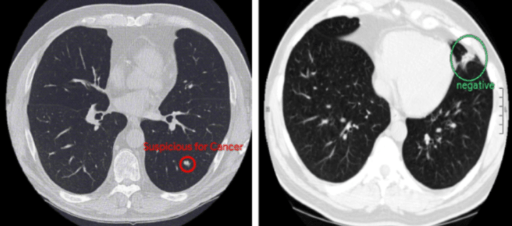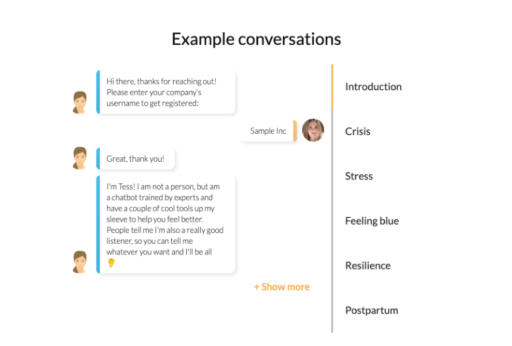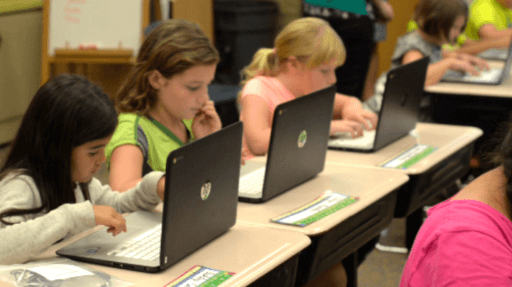‘AI’ is a bit of a buzzword right now, in both the public and private sectors.
So when the opportunity to collaborate with boodleAI came along, I was eager to better understand AI’s potential impact on the nonprofit sector (for better or worse). After all, I’ve spent my entire career working for nonprofits and have seen technology both enhance and impede progress. And, I, for one, always want to be on the side of enhancing progress.
Through boodleAI, I’ve come to realize the core of “AI for good” is this: intentionally creating all AI applications with the goal of making a positive social impact.
While I used to think “AI for good” sounded like nothing more than a mere platitude, I’ve learned that there truly are organizations, nonprofits, and social entrepreneurs who are using AI for the common good in inspiring ways. Which is why I’m excited to share with you 5 recent ways AI is being used for good.

PHOTO CREDIT ROBB KENDRICK, NAT GEO IMAGE COLLECTION
1. AI is tackling climate change. According to National Geographic, machine learning (ML), the most popular subset of AI, is meaningfully contributing to better climate models, showing the effects of extreme weather, and measuring where carbon is coming from. “[These] better predictions can,” said National Geographic, “help officials make informed climate policy, allow governments to prepare for change, and potentially uncover areas that could reverse some effects of climate change.” Carbon Tracker – “an independent financial think-tank working toward the UN goal of preventing new coal plants from being built by 2020” – “will now crunch emissions,” said Nat Geo, “for 4,000 to 5,000 power plants, getting much more information than currently available, and make it public.” If a carbon tax passes, “Carbon Tracker could help put a price on emissions and pinpoint those responsible for it.”

PHOTO CREDIT LUND UNIVERSITY
2. AI is enhancing refugee integration. Annie MOORE, an AI-powered software developed by researchers at the Universities of Oxford and Lund, Sweden as well as the Worcester Polytechnic Institute, uses complex ML algorithms to more quickly match superhuman volumes of refugees “to a given location by their needs, skills and the number of available resources and opportunities available.” According to their research, Annie has “optimized the likelihood of someone finding employment within three months, by over 20 percent, but also significantly improves the chances of them settling into – and therefore becoming a benefit to, the wider community.” These researchers say there are more than 17 million refugees worldwide – 1 million seeking resettlement. Annie MOORE, among others such as Skilllab, has the capability with AI to take the complex problem of refugee integration and improve it.

PHOTO CREDIT VENTURE BEAT
3. AI is improving early cancer detection. Lung cancer, which results in over 2.09 million deaths per year, is the sixth most common cause of death globally. Evidence has shown early detection is the best treatment, however, pathologists can generally only detect 73 percent with 2D images from CT scans. One of Google’s deep learning models led by a team of researchers from Google AI is now creating 3D images of the scans which will search for “subtle malignant tissue in the lungs” difficult to detect with CT scans. So far, Google’s model “performed better than six radiologists, detecting five percent more lung cancer cases while reducing false-positive exams by more than 11 percent compared to unassisted radiologists in its research.”

PHOTO CREDIT X2 AI
4. AI is furthering mental healthcare. X2 AI – better known by a chatbot, Tess – is a mental health chatbot who has delivered emotional wellness coping strategies to more than 8 million people (so far). Research studies found, that chatting with Tess led to significantly reduced symptoms, on average by -13% for depression, and -18% for anxiety. X2 is on a mission to provide affordable, quality mental health care, regardless of income or location and has done so by giving access to Syrian refugees in crisis situations, individuals without insurance, undocumented individuals, students facing stigma, and employees with limited benefits. Other outcomes of X2 include the following: data is stored in a fully HIPAA compliant way, 4,500 crisis counselors stand ready to intervene, over $1,200,000 in grant funding received, 7 published peer-reviewed studies, 4 RCT’s, and 11 ongoing. You can learn more about how X2 is using AI to further mental healthcare here.

PHOTO CREDIT QUILL
5. AI is developing free writing resources for low-income students. Quill – one of 20 social enterprises and nonprofits who just won Google’s AI Impact Challenge – is “a website that provides free online education tools to low-income students, uses deep learning to automate grading and give instant feedback.” Quill’s mission is to “help the 30 million low-income K-12 students in the United States who struggle with writing.” In 2011, a Department of Education study found that 76% of eighth-grade students are not proficient at writing. Quill is on a mission to change that with the power of AI. Instantaneous instruction and feedback allow for students to learn more quickly and teachers to save hundreds of hours grading. According to Quill, since 2014, over 200,000 students have answered 20 million questions, an average of 100 questions per student. Currently, there are over 2,000 schools using Quill, and 62% of students attend low-income schools. You can find more about Quill’s impact here (they even share weekly accountability updates publically, here).
The future of “AI for good”: Predictions about how AI will be used for good
In spite of all of this inspiration, as AI advances in these domains for good, there is a real fear that humans will be replaced by these AI innovations. However, early research and initiatives on human-centered AI applications from the Harvard Business School, Stanford, Microsoft, and Google seem to say otherwise.
The future of “AI for good” is the human-AI collaboration. “AI should not replace humans,” said Daniel Faggella in his recent article about examples of AI in education, “but will serve as an invaluable extension of the human expert, helping teachers [and humans] to more effectively meet the diverse needs of students [and our world’s most complex issues] simultaneously.”
As the Pew Research Center suggests, the key to successful AI is intentional, ethical teamwork: humans team up with AI assistants, with each half doing what they do best. This is innovation at its kindest and this is the future of “AI for good.”
